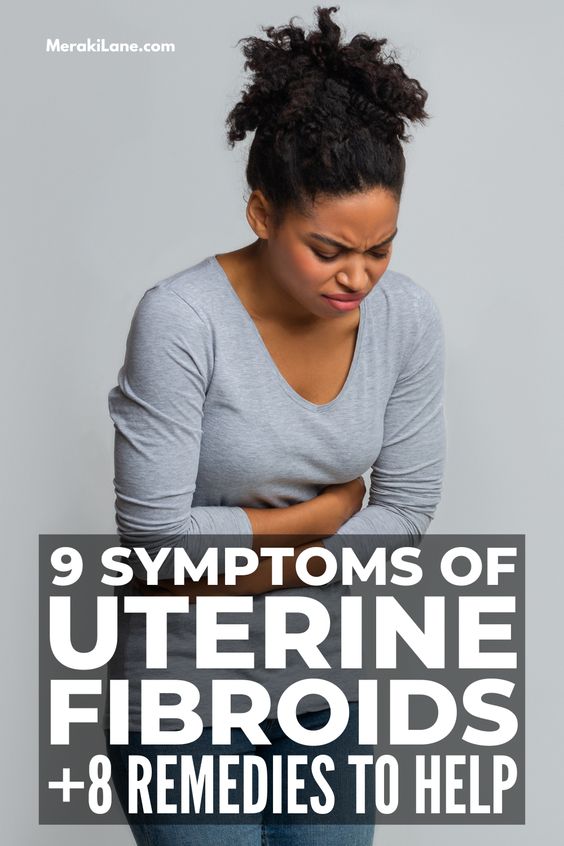Uterine fibroids, also known as leiomyomas or myomas, are non-cancerous growths that develop in the muscular wall of the uterus. They are one of the most common gynecological conditions affecting women of reproductive age. While fibroids are generally benign, they can cause a variety of symptoms, ranging from mild discomfort to severe pain and complications. This article explores the causes, risk factors, symptoms, diagnosis, and treatment options for uterine fibroids.
What are Uterine Fibroids? Uterine fibroids are composed of smooth muscle cells and fibrous connective tissue, typically varying in size from small, seed-like growths to large masses that can distort the uterus. Fibroids can occur in different locations within or around the uterus, including:
- Submucosal fibroids: Grow into the inner cavity of the uterus.
- Intramural fibroids: Develop within the muscular wall of the uterus.
- Subserosal fibroids: Extend outward from the outer wall of the uterus.
- Pedunculated fibroids: Attach to the uterus by a thin stalk.
Causes and Risk Factors: The exact cause of uterine fibroids is not fully understood, but several factors may contribute to their development:
- Hormonal Influence: Estrogen and progesterone, the hormones responsible for regulating the menstrual cycle, play a role in fibroid growth. Fibroids tend to grow during the reproductive years when hormone levels are higher and shrink after menopause.
- Genetic Factors: A family history of fibroids increases the likelihood of developing them.
- Age and Ethnicity: Fibroids are most commonly diagnosed in women between the ages of 30 and 50. African-American women are more likely to develop fibroids at an earlier age and tend to have larger or more numerous fibroids than women of other ethnicities.
- Lifestyle Factors: Obesity, a diet high in red meat, and low levels of physical activity have been associated with an increased risk of fibroids.
Symptoms of Uterine Fibroids: Many women with fibroids experience no symptoms at all, and the condition may be discovered incidentally during a routine pelvic exam or imaging. However, when symptoms occur, they can include:
- Heavy or Prolonged Menstrual Bleeding: This is one of the most common symptoms and can lead to anemia in severe cases.
- Pelvic Pain or Pressure: Fibroids can cause a sensation of fullness, discomfort, or pain in the pelvic region, particularly if they are large.
- Frequent Urination: A fibroid pressing on the bladder may result in the need to urinate more often.
- Constipation or Bloating: Large fibroids may put pressure on the bowel, leading to digestive issues.
- Lower Back or Leg Pain: Fibroids pressing on nerves in the lower back or pelvis may cause pain that radiates to the lower back or legs.
- Reproductive Problems: Fibroids can sometimes lead to fertility issues, miscarriage, or complications during pregnancy, although most women with fibroids can still conceive and carry a healthy pregnancy.

Diagnosis of Uterine Fibroids: Diagnosing fibroids typically begins with a pelvic exam. To confirm the presence of fibroids and assess their size and location, additional tests may be ordered, such as:
- Ultrasound: A non-invasive imaging technique that uses sound waves to create a picture of the uterus and identify fibroids.
- Magnetic Resonance Imaging (MRI): Provides detailed images of fibroids, especially when more precise information is needed for surgical planning.
- Hysteroscopy: A thin, lighted tube is inserted into the uterus through the vagina to examine the uterine cavity and detect fibroids.
- Hysterosalpingography: An X-ray technique used to examine the inside of the uterus and fallopian tubes, sometimes helpful in diagnosing submucosal fibroids.
Treatment Options for Uterine Fibroids: Treatment for fibroids depends on the severity of symptoms, the size and location of the fibroids, and the woman's reproductive goals. Options include:
-
Watchful Waiting: If fibroids are small and asymptomatic, regular monitoring may be recommended. Fibroids often shrink after menopause when hormone levels decline.
-
Medications:
- Hormonal Therapy: Birth control pills or hormonal IUDs can help manage heavy bleeding and painful periods, but they do not shrink fibroids.
- Gonadotropin-Releasing Hormone (GnRH) Agonists: These medications temporarily reduce estrogen and progesterone levels, shrinking fibroids and alleviating symptoms. However, long-term use is limited due to potential side effects.
- Non-Hormonal Medications: Non-steroidal anti-inflammatory drugs (NSAIDs) can relieve pain, and tranexamic acid may reduce heavy bleeding during menstruation.
-
Minimally Invasive Procedures:
- Uterine Fibroid Embolization (UFE): A procedure that blocks the blood supply to the fibroids, causing them to shrink.
- MRI-Guided Focused Ultrasound Surgery (FUS): Uses high-intensity ultrasound waves to target and destroy fibroids.
- Myomectomy: Surgical removal of fibroids while preserving the uterus. This option is often chosen by women who wish to retain fertility.
-
Surgical Options:
- Hysterectomy: Complete removal of the uterus is the only definitive cure for fibroids. This procedure is typically reserved for women who have severe symptoms and do not plan to have children











